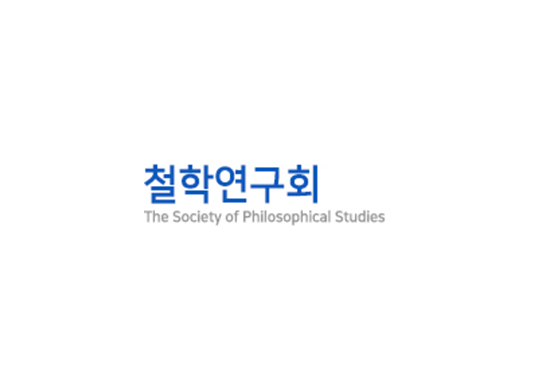태극(太極)과 신(神): 예수회의 철학적 신론과 동서 형이상학의 조우
Taiji and God: Philosophical Theology of the Jesuits and the Encounter Between Eastern and Western Metaphysics
김선희
이화여자대학교
철학연구
2024, vol., no.147, pp. 1-39 (39 pages)
DOI : 10.23908/JSPS.2024.12.147.1
철학연구회
초록
이 논문은 예수회의 중국 진출에 따른 동서양의 철학적 대면 가운데 특히 형이상학적 조우와 충돌에 대해 검토하려는 것이다. 마테오 리치를 비롯해예수회 선교사들은 중국인들을 기독교로 인도하기 위해 신에 관한 형이상학적 이론을 중국어로 번역해서 전달했다. 예수회원들이 기독교의 신을 전달하는 과정과 논리는 성리학의 이론 체계에서 동일한 위상을 가지고 있던 태극-리의 형이상학과 충돌하지 않을 수 없었다. 이 연구에서는 태극과 신을 둘러싼 형이상학적 대결을 검토하기 위해 먼저 예수회 전교 전략에서 형이상학의 위상을 살핀 뒤 이를 바탕으로 마테오 리치, 알레니 등의 태극 비판의 논리와 함의를 분석할 것이다. 이 연구는 예수회원들의 태극 비판을 통해 성리학의 형이상학에 대한 서양 형이상학 특히 철학적 신론에 입각한 해석과 배제 과정을 검토함으로써 예수회의 중국 전교 과정에서 발생한 동서 형이상학의 이론적 대면과 그 대화 가능성을 살펴보려는 시도이다.
This paper aims to examine the metaphysical encounters and conflicts that arose during the philosophical engagement between East and West following the Jesuit mission to China. The Jesuits such as Matteo Ricci sought to introduce the metaphysics of God in Christianity to the Chinese by translating it into Chinese. This effort to convey the Christian concept of God inevitably clashed with the metaphysics of Taiji, which held a similar status within the theoretical framework of Neo-Confucianism. To explore the metaphysical encounter represented by Taiji and God, this study first examines the role of metaphysics in the Jesuits’ missionary strategies. Based on this foundation, it analyzes the logic and implications of the critiques of Taiji by figures like Matteo Ricci and Giulio Aleni. By analyzing the Jesuits’ critique of Taiji, this study seeks to uncover the process by which Western metaphysics interpreted and excluded Neo-Confucian metaphysics. Thus, it aims to shed light on the theoretical encounters between Eastern and Western metaphysics during the Jesuit mission to China and the potential for dialogue between these traditions.

